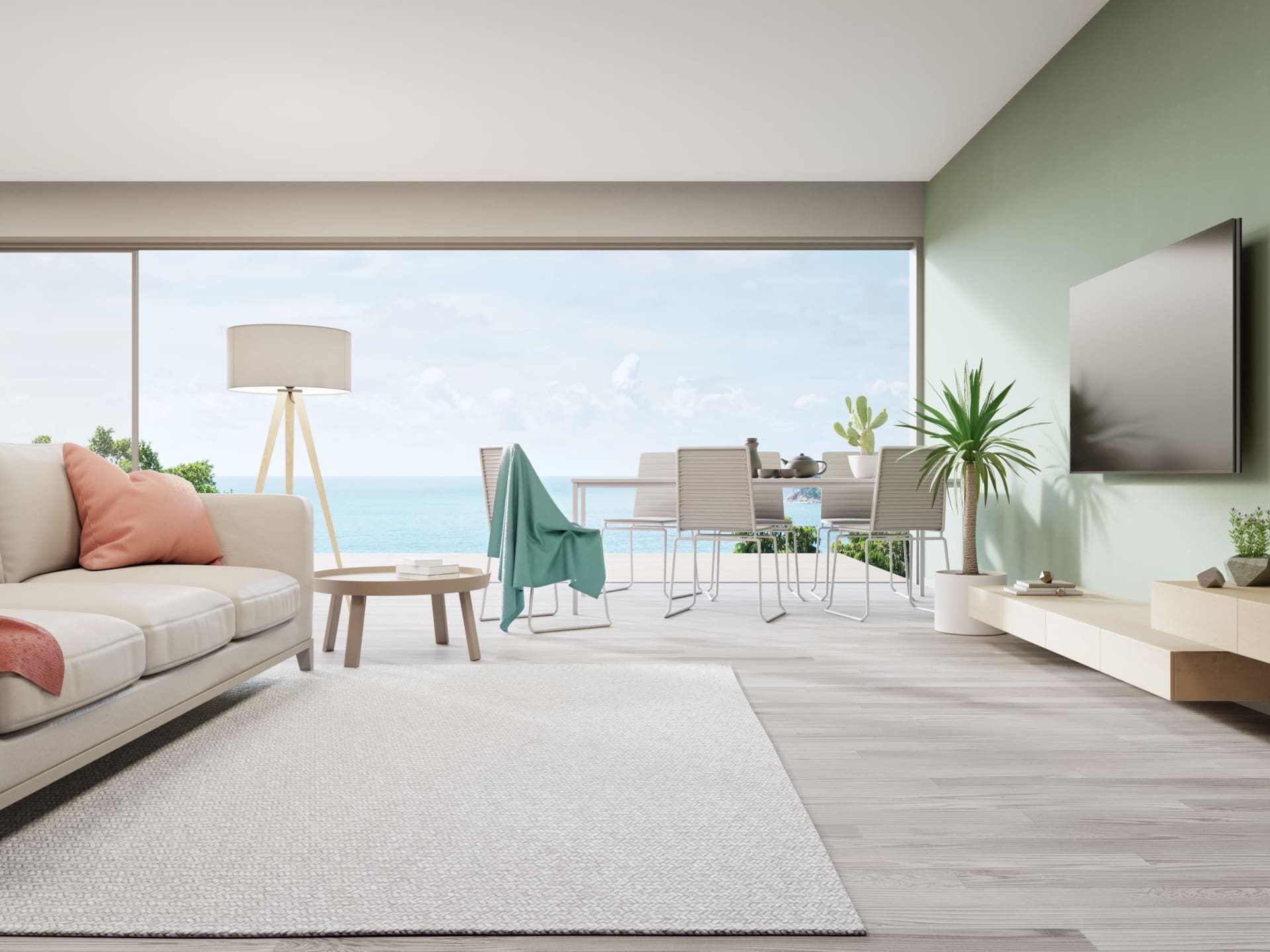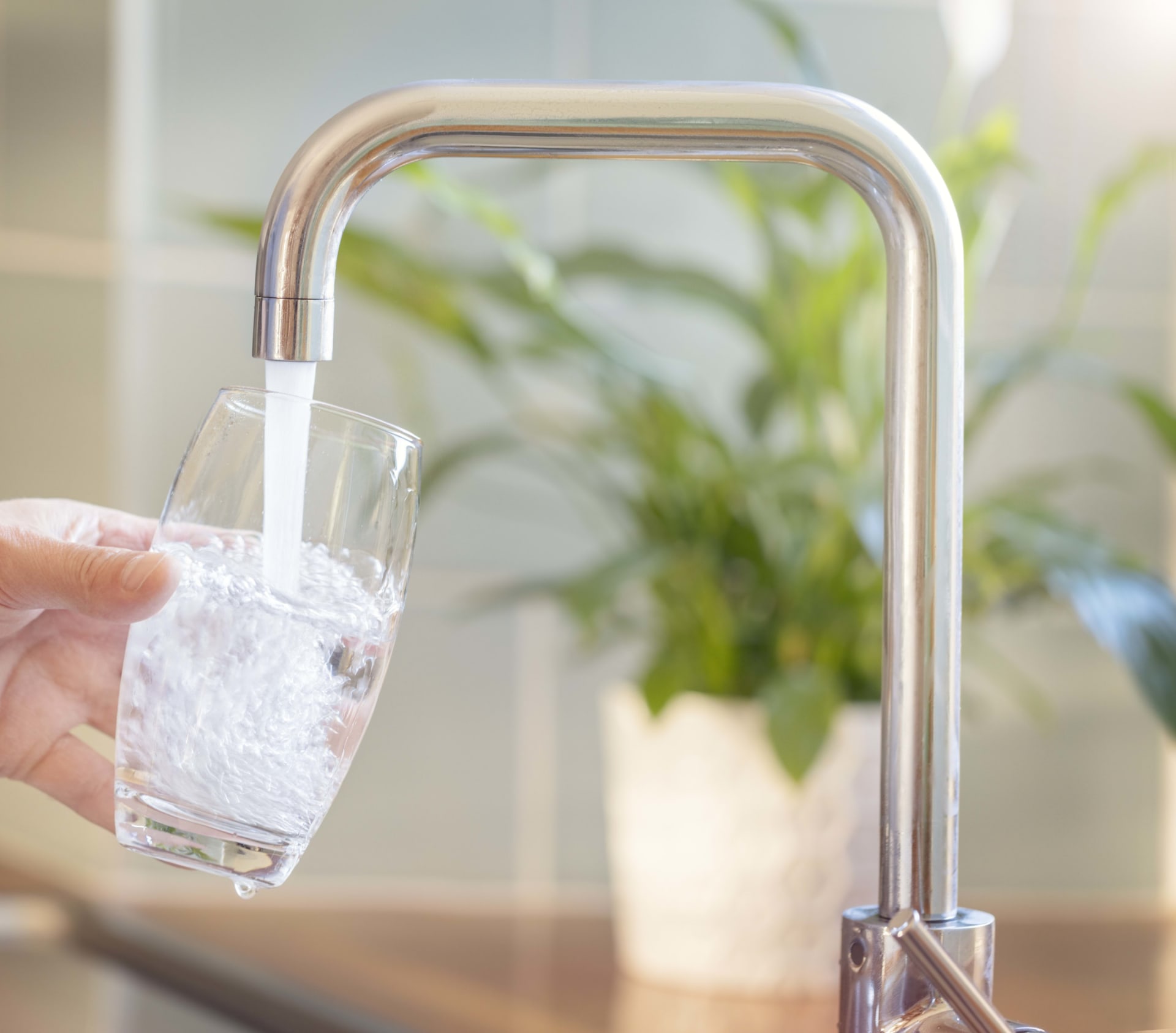
AIR
Pollutants can be 5X higher indoors than outdoors.
Exposure to indoor air pollutants can lead to a variety of health and well-being outcomes from headaches, eye irritation or runny nose to more severe health issues such as childhood asthma, carbon monoxide poisoning, cancer and other respiratory disorders. Indoor air quality can be degraded significantly by volatile organic compounds (VOCs) that off-gas from paints, finishes and other coatings, and also result from the use of cleaning products, air fresheners, personal care products, and other materials. The WELL Air Concept seeks to implement holistic design strategies to promote clean air and minimize human exposure to harmful contaminants, in order to maximize benefits to productivity, well-being and health.




